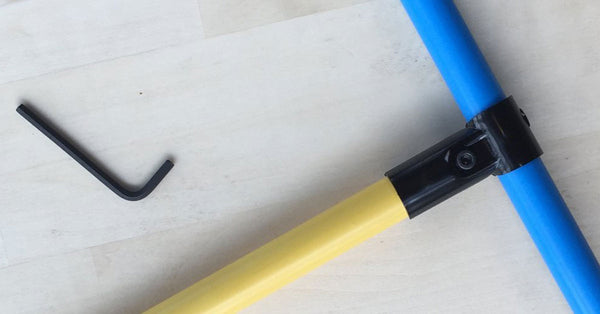John Simson
New Member
- Joined
- Dec 22, 2020
- Messages
- 19
Hi everybody. I am beginning to plan a grid-tie system at my home in Los Angeles. I'd appreciate any direction anybody would care to give.
My experience is with generators and small off grid solar panels, and extensive home and industrial electrical work. However, I've recently been amazed at how cheaply I can pick up new solar equipment in LA, and want to start accumulating the supplies I will need in preparation for drawing up the plans and submitting them to the building department for permits. I know that this is somewhat backwards, but I figure, if I can't afford the equipment, I don't want to go through all the trouble of submitting plans!
I've measured my roof and found that I can fit twelve 270 watt panels on it. I'll want micro inverters because the roof gets shade in the afternoon and I'd rather have each panel feed the most it can into the grid. I can get Talesun 270 watt 60 cell panels for $110 each and Siemans M-190 IQ7 - 240 - s22 microinverters for $80 a piece, all brand new. This should go a good way toward filling my power needs. I've done the preliminary calculations.
I talked with an engineer with the building department who told me that the specs for the microinverters I've chosen will be OK for a couple of years at least (will qualify for plan approval.) The panels don't seem to be an issue. From what I can tell. LADWP buys 100% of the power the system feeds into the grid and will credit any to me that I eventually use. There is the $10 a month fee. That seems to be it, an incredible arrangement, I think, in comparison to other utilities. The engineer qualified his comments on the microinverters with a "Please note you have no submitted plans and nothing has been reviewed at this time, so the equipment you have mentioned has not been reviewed/approved through plan check. Buying products before it has been approved sort of leaves you in limbo on that front."
What I am proposing is backwards, but is it, as my kid would say, "Stuuuuuuuuupid?"
So, my questions. 1) Is the LADWP deal really as good as it seems to be? 2) Is buying equipment prior to approval really not a good idea?
Many thanks for any advice.
My experience is with generators and small off grid solar panels, and extensive home and industrial electrical work. However, I've recently been amazed at how cheaply I can pick up new solar equipment in LA, and want to start accumulating the supplies I will need in preparation for drawing up the plans and submitting them to the building department for permits. I know that this is somewhat backwards, but I figure, if I can't afford the equipment, I don't want to go through all the trouble of submitting plans!
I've measured my roof and found that I can fit twelve 270 watt panels on it. I'll want micro inverters because the roof gets shade in the afternoon and I'd rather have each panel feed the most it can into the grid. I can get Talesun 270 watt 60 cell panels for $110 each and Siemans M-190 IQ7 - 240 - s22 microinverters for $80 a piece, all brand new. This should go a good way toward filling my power needs. I've done the preliminary calculations.
I talked with an engineer with the building department who told me that the specs for the microinverters I've chosen will be OK for a couple of years at least (will qualify for plan approval.) The panels don't seem to be an issue. From what I can tell. LADWP buys 100% of the power the system feeds into the grid and will credit any to me that I eventually use. There is the $10 a month fee. That seems to be it, an incredible arrangement, I think, in comparison to other utilities. The engineer qualified his comments on the microinverters with a "Please note you have no submitted plans and nothing has been reviewed at this time, so the equipment you have mentioned has not been reviewed/approved through plan check. Buying products before it has been approved sort of leaves you in limbo on that front."
What I am proposing is backwards, but is it, as my kid would say, "Stuuuuuuuuupid?"
So, my questions. 1) Is the LADWP deal really as good as it seems to be? 2) Is buying equipment prior to approval really not a good idea?
Many thanks for any advice.





